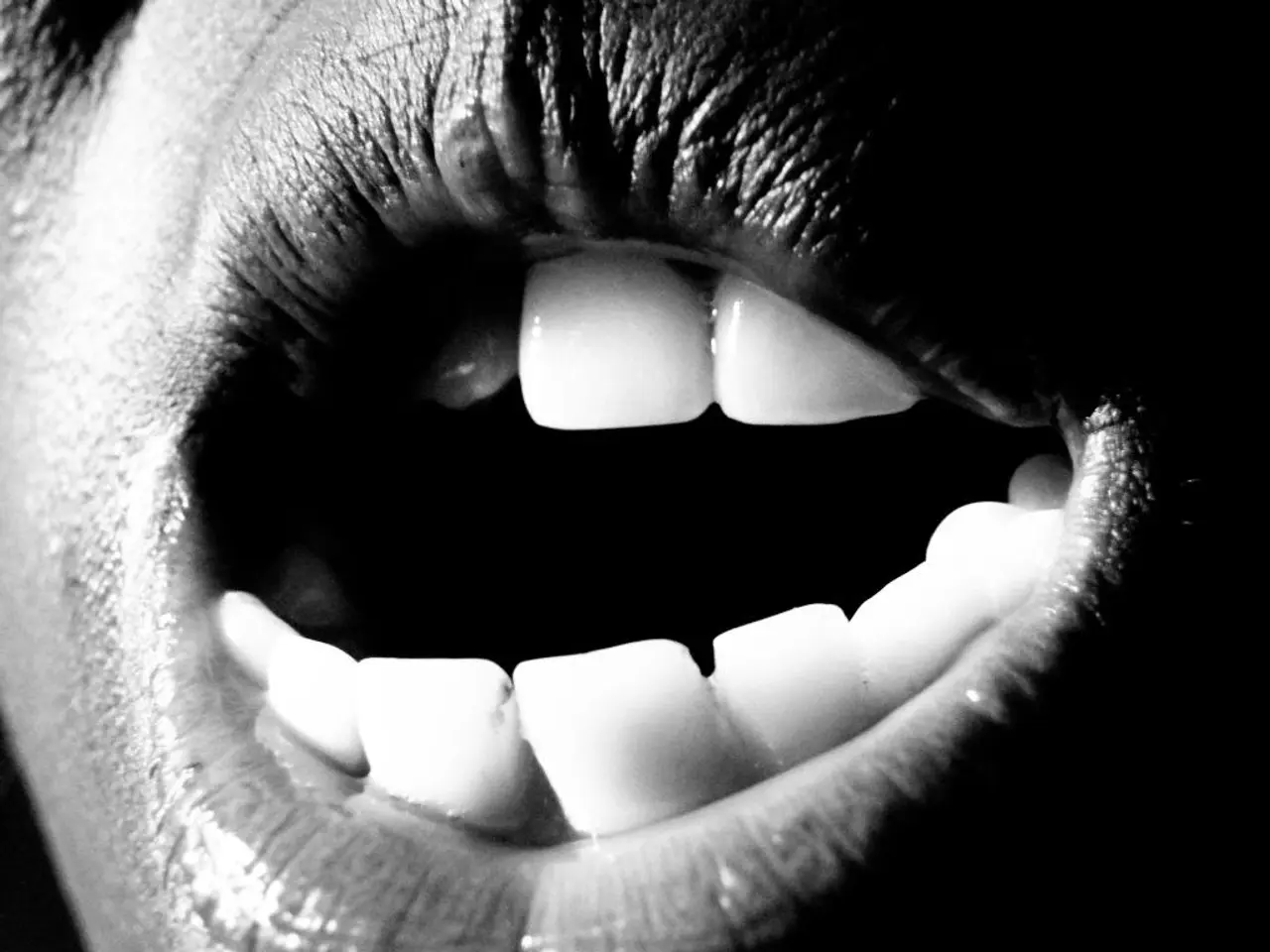Enhancing your toothbrushing routine: Four proven strategies for better oral hygiene (your pearly whites will appreciate it)
Brushing your teeth is an essential part of maintaining good oral health, but did you know that there are effective and satisfying ways to improve your dental hygiene?
Using a timer while brushing can help ensure the correct brushing duration of two minutes, which is recommended for optimal oral health. This timed routine gives a sense of accomplishment and aids in removing plaque effectively.
Brushing gently with circular motions along the gum line can feel satisfying because it massages the gums without causing abrasion, promoting gum health. Holding the brush at a 45-degree angle ensures better access to the area where teeth meet gums, leading to a more thorough cleaning sensation. Using a soft-bristled brush adds to comfort and satisfaction because it cleans well without irritating the gums.
Flossing before brushing can help loosen up food particles for a deeper clean. This step is essential for removing debris between teeth that toothbrushes cannot reach. Following flossing with a mouthwash forms an effective oral hygiene routine, helping to eliminate leftover bacteria after brushing.
Changing the brushing technique can lead to more effective oral hygiene. Dividing the mouth into four sections and spending 30 seconds on each can help ensure thorough brushing. This method can help give molars the attention they need during brushing.
Toothbrushes should be replaced every 3-4 months, or sooner if the bristles start to look worn-out. Using a worn-out toothbrush can compromise oral hygiene. Flossing your toothbrush can help keep it clean and effective.
Most people underestimate their brushing time, often stopping at 45 seconds. Brushing for two minutes allows toothpaste enough time to work effectively. Avoiding harsh scrubbing not only prevents damage but also makes the brushing feel smoother and more pleasant.
Harsh brushing can lead to gum recession, enamel loss, and potential dental issues. Gentle circular motions, not aggressive sawing back and forth, are the standard brushing technique. This approach can help give you a healthier, cleaner, and more satisfying brushing experience.
Incorporating elements of science, health-and-wellness, fitness-and-exercise, and nutrition, a comprehensive oral hygiene routine is not limited to just brushing teeth effectively. It includes flossing before brushing for a deeper clean (nutrition, since food particles can interfere with healthy digestion), using a mouthwash to eliminate leftover bacteria after brushing (health-and-wellness, as it reduces harmful bacteria), changing the brushing technique every few months (science, as new studies may suggest more effective methods), and replacing the toothbrush every 3-4 months or when bristles show signs of wear (fitness-and-exercise, as a worn-out toothbrush can compromise the effectiveness of the brushing).




